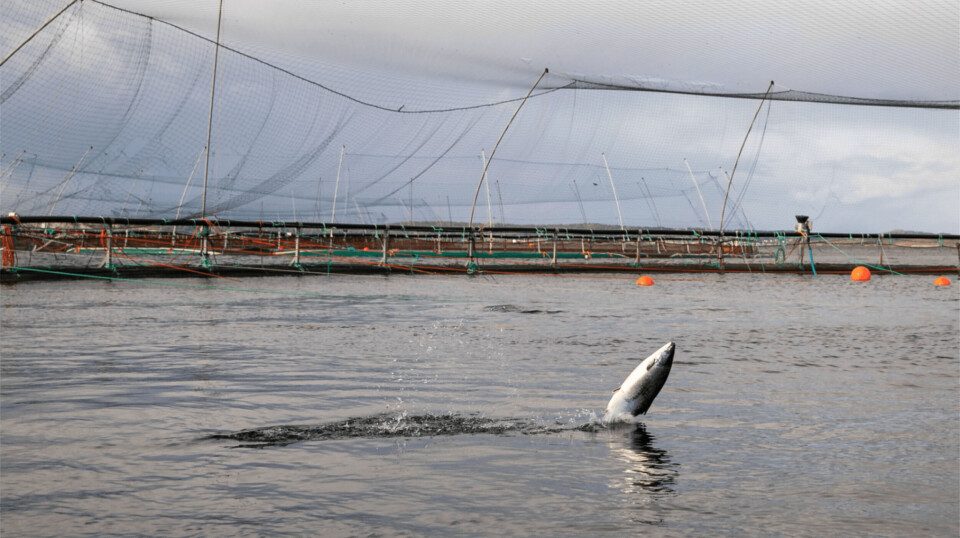
Test results for escaped ‘kidney disease salmon’ are in
Preliminary findings indicate a low risk of wild stocks being infected, Norway fish farmer Lerøy believes
Tests of more than 330 samples from recaptured salmon that escaped from a Norwegian fish farm where both pancreas disease (PD) and bacterial kidney disease (BKD) had been detected have resulted in just one positive for BKD.
Farm operator Lerøy Midt is now waiting on results from a further 120 samples being tested by the Norwegian Veterinary Institute.
Around 8,400 salmon with an average weight of 7.3 kg escaped from the Reitholm site in Hitra municipality on May 5.
“The preliminary analysis confirms our assessment that the fish are in good health, despite the fact that BKD has been detected in the population,” said Lerøy Midt general manager Harald Larssen.

“This is very good news for wild salmon and for us. With only one positive sample among over 300 examined, the test results so far indicate a low risk of the disease spreading to the wild salmon. We are continuing our efforts to follow up the situation and look after the fish and the environment in the best possible way.”
Compensation
Lerøy said it wants continued dialogue with riparian rights holders about compensation for any extra work that river owners may have to do if escaped salmon arrive in their waterways. They are also in dialogue about compensation for extra work at a monitoring station at Agdenes.
The company has promised a bounty of NOK 700 (approximately £52) per escaped farmed fish caught in the rivers in Trøndelag and Nordmøre, and which are subsequently confirmed as escaped farmed fish.
“We take this escape very seriously and have therefore, on our own initiative, made contact with expert circles to assess further damage-limiting measures. We want to get a good overview of the spread of the fish so that we can put in place targeted measures,” said Larssen.
Tracking solution
Scale samples will be taken from each captured fish to verify whether it is a wild or farmed salmon. Lerøy added that it has been a driving force to put in place a tracking solution so that escaped salmon can be traced back to their owner, and that is the solution it will now use.
“We have entered into a partnership with Scandinavian Nature Monitoring, which initiates controls aimed at the mouths of rivers and waterways in the region. Monitoring is carried out through drift net counting and video surveillance, and escaped salmon are taken out.
“Lerøy Midt has had extensive recapture fishing within the area and time window that the Directorate of Fisheries and the State Administrator have given permission for. We have caught over 1,400 salmon. Around 250 salmon have also been recaptured in a wedge net at Agdenes monitoring station. The official figure for recapture is thus 1,650 salmon,” concluded Larssen.























































